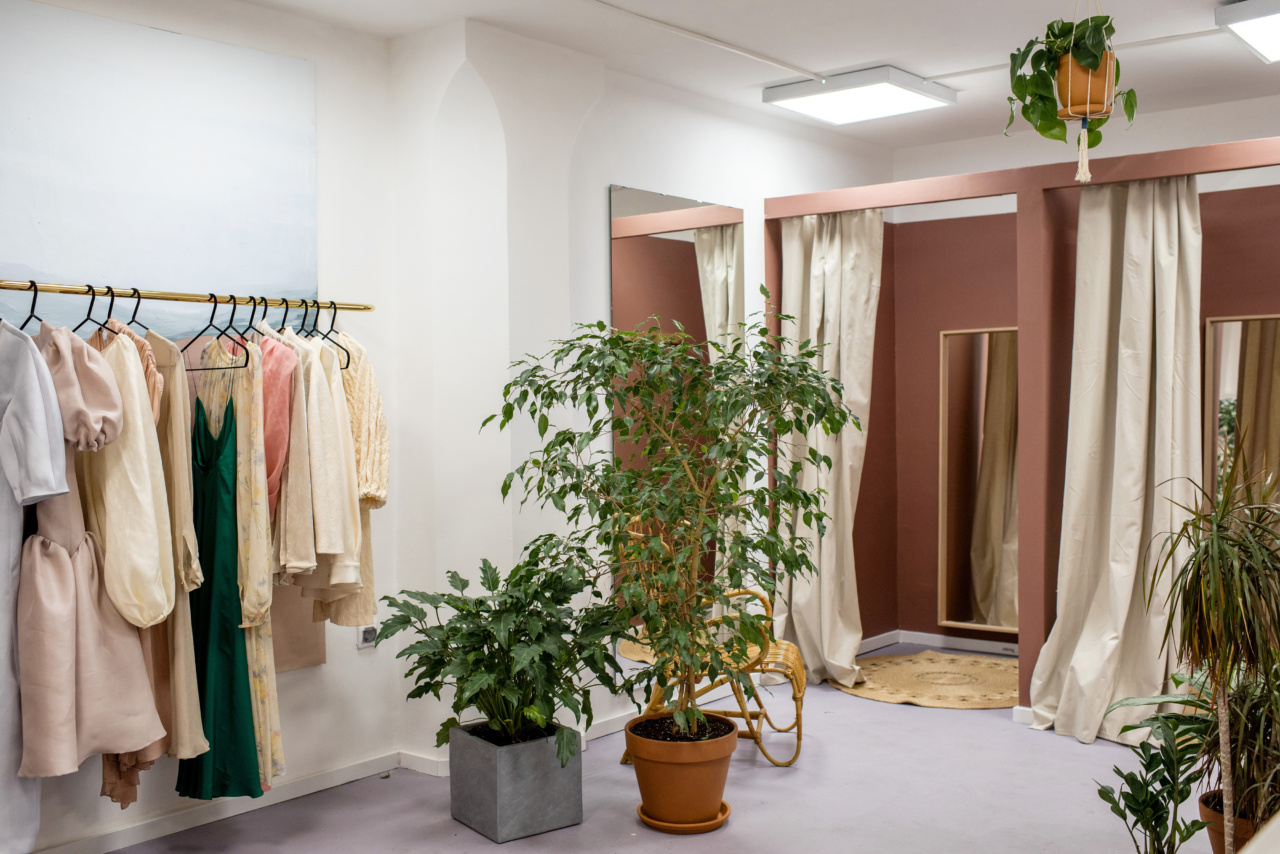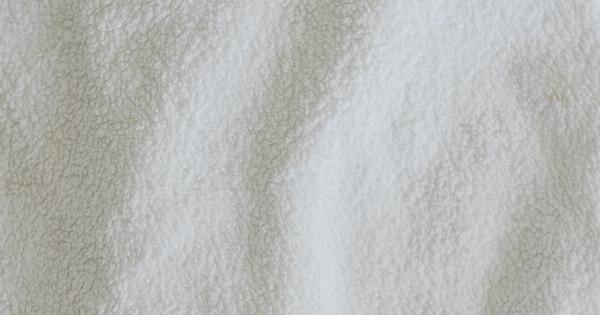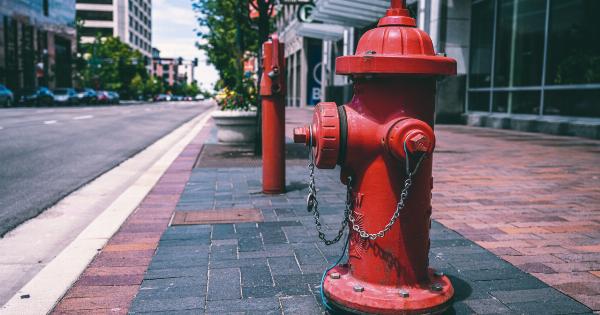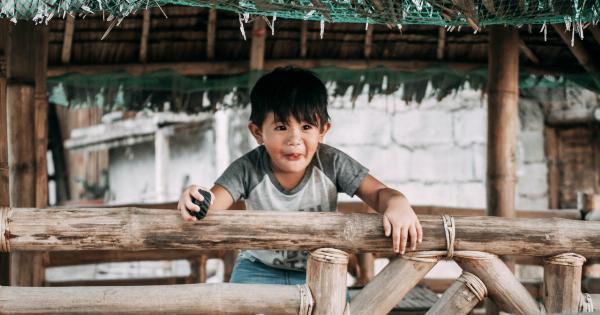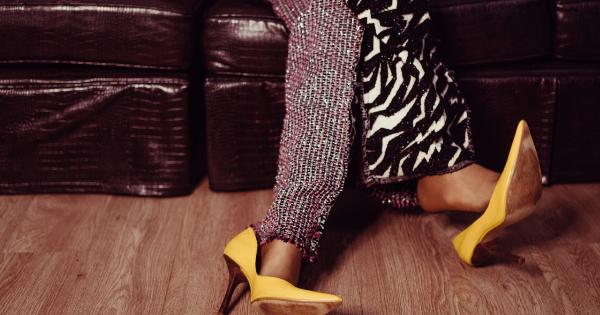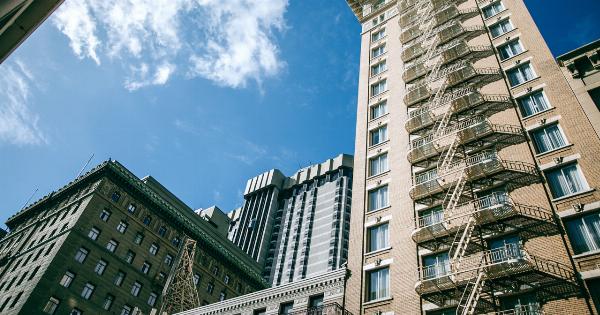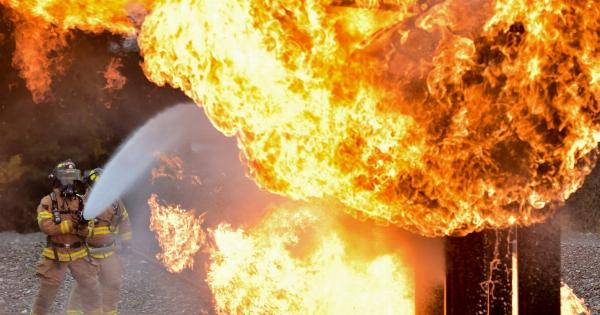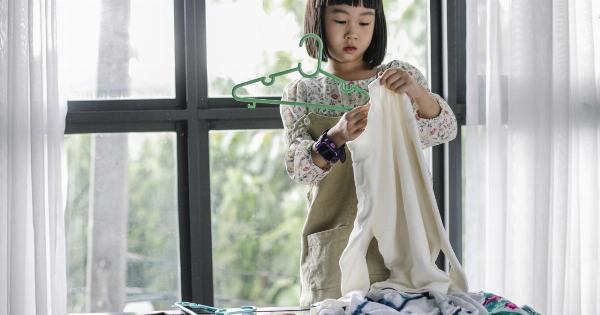As winter settles in and the temperature drops, many people opt to dry their clothes inside rather than subject themselves to the biting cold.
While drying clothes inside may seem convenient and safe, there are potential hazards people need to be aware of. In this article, we will discuss the potential hazards of drying clothes inside and what people can do to mitigate these risks.
1. Fire Hazards
Drying clothes inside increases the risk of fire hazards. Clothes dryers work by moving hot air over the wet clothes. When clothes are left to dry indoors, there is a risk of the hot air coming into contact with flammable materials, causing a fire.
2. Mold and Mildew
Another potential hazard of drying clothes inside is the growth of mold and mildew. Drying clothes indoors can increase the humidity levels in the room, creating ideal conditions for mold and mildew to grow.
This can cause health problems for people with allergies and respiratory conditions.
3. Increased Energy Costs
Drying clothes inside can also lead to increased energy costs. In order to dry clothes, a lot of energy is required to heat the space and circulate the air. This can lead to higher energy bills and increased carbon emissions.
4. Reduced Indoor Air Quality
Drying clothes indoors can also reduce the quality of the air inside the home. As clothes dry, they release moisture into the air, creating a damp environment. This can lead to the growth of mold and mildew, which can cause respiratory problems.
Additionally, drying clothes indoors can also release pollutants into the air, which can worsen indoor air quality.
5. Damage to Furniture and Flooring
Drying clothes indoors can also cause damage to furniture and flooring. As clothes dry, they release moisture into the air, which can condense on surfaces.
This can cause wooden furniture and flooring to warp, and can cause damage to carpets and other materials.
6. Affecting The Temperature and Humidity Levels of The Home
When clothes are dried indoors, the temperature and humidity levels of the home can be affected. This can create uncomfortable conditions for people living in the home.
High humidity levels can cause condensation on windows and walls, and can contribute to the growth of mold and mildew.
7. Safety Risks to Children and Pets
Drying clothes indoors can also pose safety risks to children and pets. Clothes drying on racks or lines can be a tripping hazard for children and pets. Additionally, children and pets can become entangled in the clothes, leading to choking or injury.
8. Lack of Space
Drying clothes inside can also take up valuable space in the home. Clothes racks or lines can take up space in a room, making it feel cramped and cluttered. This can cause stress and anxiety for people living in the home.
9. Increased Fire Risk in Apartments and Flats
Drying clothes inside can be particularly hazardous in apartments and flats. The close proximity of apartments can increase the risk of fire spreading from one unit to another.
Additionally, the presence of flammable materials such as curtains and bedding can increase the risk of fires.
10. The Importance of Proper Ventilation
Proper ventilation is essential when drying clothes inside. Ventilation can help reduce humidity levels and prevent the growth of mold and mildew. Additionally, proper ventilation can help reduce the risk of fire hazards.
It is important to ensure that clothes are not dried near flammable materials and that there is adequate space between clothes and other objects.
Conclusion
Drying clothes inside can seem like a convenient option, but there are potential hazards people need to be aware of. From fire hazards to health risks, it is important to understand the potential dangers and take steps to mitigate these risks.
By ensuring proper ventilation, limiting the amount of clothing dried inside, and keeping flammable materials away from drying clothes, people can safely dry their clothes inside without putting themselves or their homes at risk.
